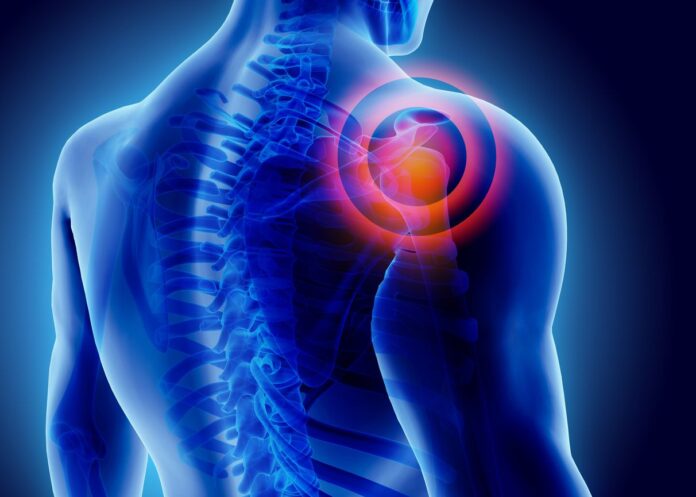Chronic pain is a complex and often debilitating medical condition characterized by persistent and long-lasting discomfort or distress that typically lasts for an extended period, typically defined as lasting for at least 12 weeks or more. Unlike acute pain, which is a natural response to an injury or illness and generally subsides as the underlying cause heals, chronic pain persists well beyond the normal healing process and can be a condition in itself.
Here are some key aspects and features of chronic pain:
- Duration: Chronic pain is typically defined as pain that persists for at least 12 weeks. It can continue for months or even years in some cases.
- Causes: Chronic pain can have various underlying causes. It may result from a previous injury, surgery, medical condition, or even have no apparent cause. Some common causes of chronic pain include arthritis, nerve damage, back pain, headaches, fibromyalgia, and more.
- Symptoms: Chronic pain can manifest in a variety of ways, depending on the underlying condition. It can be characterized by aching, burning, stabbing, throbbing, or a constant dull sensation. The pain can affect different parts of the body and may also lead to secondary symptoms such as fatigue, sleep disturbances, and mood changes.
- Impact on Daily Life: Chronic pain can significantly affect a person’s quality of life. It can limit mobility, interfere with daily activities, and lead to emotional and psychological distress. This, in turn, can lead to depression, anxiety, and reduced social engagement.
- Diagnosis: Diagnosing chronic pain can be challenging, as it often lacks a clear, identifiable cause. It typically requires a comprehensive evaluation, including a patient’s medical history, physical examination, and sometimes imaging studies or laboratory tests. The diagnosis may also involve ruling out other potential underlying medical conditions.
- Treatment: Treatment for chronic pain aims to manage and alleviate the pain, improve function, and enhance the patient’s overall well-being. Treatment options may include medication (such as pain relievers, anti-inflammatory drugs, or opioids in some cases), physical therapy, lifestyle modifications, psychological therapies, and sometimes interventional procedures or surgery.
- Multidisciplinary Approach: Chronic pain management often involves a multidisciplinary approach, including collaboration between various healthcare professionals, such as physicians, physical therapists, psychologists, and pain specialists. This approach addresses both the physical and psychological aspects of chronic pain.
- Self-Management: Individuals with chronic pain often play an active role in managing their condition. This can involve self-care strategies like exercise, relaxation techniques, and lifestyle adjustments.
- It’s important to note that chronic pain can be highly individual, and what works for one person may not work for another. Effective management often requires a personalized treatment plan tailored to the patient’s specific needs and the underlying cause of their pain. If you or someone you know is suffering from chronic pain, seeking medical advice and exploring various treatment options is crucial to improve quality of life and manage the condition effectively.



